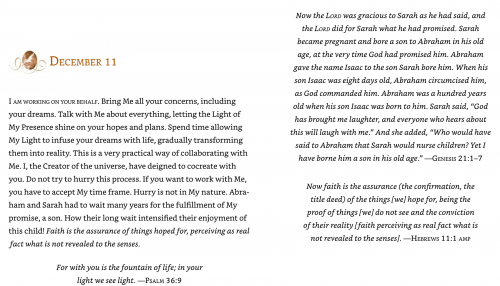Becoming Icons of Christ
Friday, December 11, 2020
What is it that grasps and impels these men and women to push beyond conventional boundaries and so delight us, ultimately, with new creative spaces? Wisdom—God’s Playmate, the Feminine Principle of the Godhead—is at work, ever delighting in birthing new possibilities and inviting open hearts to rise up and respond to visions and dreams by enfleshing them. —Edwina Gateley
Catherine de Hueck Doherty (1896–1985) was a Russian baroness who lived the Gospel “without compromise.” She gave up all she had and began Friendship House in Toronto, “a storefront center for the works of mercy, where the hungry were fed and the homeless were welcomed.” [1] Robert Ellsberg writes that Catherine’s formation of the Friendship House in Harlem, New York in 1937 emerged out of a deep conviction of the sins of racism and segregation. In 1947 she also established Madonna House, “which became a place of prayer and retreat. . . . Through Madonna House and the communities it inspired around the world, Catherine promoted the two principles by which she lived—a commitment to the social apostolate in the world and the need to root such a commitment in a life of prayer and the spirit of Christ [i.e., action and contemplation]. [2]
In her own words, Catherine describes how we give birth to Christ:
Christians are called to become icons of Christ, to reflect him. But we are called to even more than that. Ikon is the Greek word for “image of God.” We are called to incarnate Christ in our lives, to clothe our lives with him, so that people can see him in us, touch him in us, recognize him in us. . . . [3]
We have to begin to love one another in the fullest sense of Christ’s teaching. But to do so we must pray. . . . The immense problems of war, of social injustice, of the thousand and one ills that beset our world, these can be solved only if we begin to love one another. When people begin to see, love, respect, and reverence Christ in the eyes of another, then they will change, and society will change also. [4]
Richard here: To paraphrase the medieval mystic Meister Eckhart (1260–1327), “We are all meant to give birth to God.” [5] As a man who has taken a vow of celibacy, I will never know what it is like to physically give birth, nor have I ever held the hand of a woman I love in labor—neither sister nor friend. However, I have experienced the birth of Christ in the world many times throughout my life—in big ways and small, sometimes through grand gestures, but more often through simple acts of patience, love, and mercy. To incarnate the Christ is to live out the Gospel with our lives, as faithfully and fearlessly as a woman in labor who holds nothing back in order to bring new life into the world.
